Author: Karine Duhamel
she/her
Stories
Every Canadian’s responsibility
By Karine Duhamel
MMIWG2S+ through the lens of Canadian and international law.
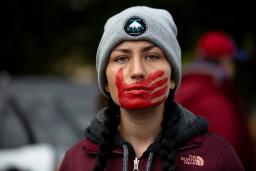
The United Nations Declaration on the Rights of Indigenous Peoples
By Karine Duhamel
What is the UNDRIP and why is it important? What does Canada’s commitment to enact UNDRIP mean? How will it impact treaty rights, land, resources and cultural rights in Canada?

The murder of Elzéar Goulet and the struggle for Métis rights
By Karine Duhamel
Elzéar was raised in the Métis trapping and trading tradition and was killed for his role in the Red River Resistance. His story reflects the long struggle for Métis rights that includes the founding of Manitoba.
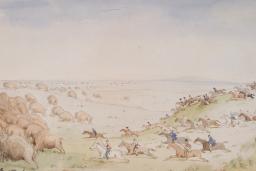
The symbol of Pride
By Karine Duhamel
The story of the iconic rainbow Pride flag. Created by Gilbert Baker in 1978, it is now a worldwide symbol of the fight for 2SLGBTQI+ rights.
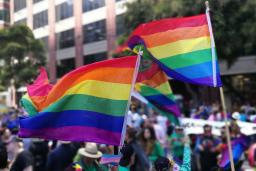
The Two Row Wampum
By Karine Duhamel
The Two Row Wampum, known as Teiohate Kaswenta in the Mohawk language, tells the story of an agreement between Indigenous people and the Dutch. The agreement is founded upon the respectful co‐existence of two different nations.

Truth and reconciliation: What’s next?
By Karine Duhamel
This article series has focused on the way we present Indigenous content within the Museum and how we are approaching reconciliation.
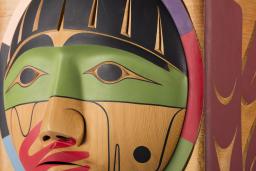
Approaching the human rights stories of Indigenous peoples
By Karine Duhamel
This article focuses on the creation and development of exhibition content exploring the human rights stories of Indigenous people in this country. To tell these stories, the Museum engaged with communities and individuals in a process of truth‐telling.
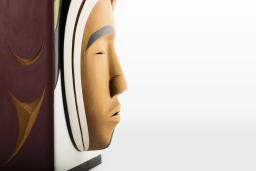
The nuts and bolts of reconciliation
By Karine Duhamel
As a child, I often visited museums. I was lucky to be able to travel with my family, and to visit interpretive spaces across the country.

Why reconciliation? Why now?
By Karine Duhamel
Since the publication of the Truth and Reconciliation Commission of Canada’s final report in 2015, more and more Canadians seem focused on the idea of reconciliation.
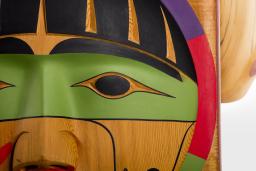
Reconciliation: A movement of hope or a movement of guilt?
By Karine Duhamel
In Why reconciliation? Why now? I talked about the idea of reconciliation as an invitation to a new and shared future and as a pathway towards a good life, both for Indigenous people and for other Canadians.
